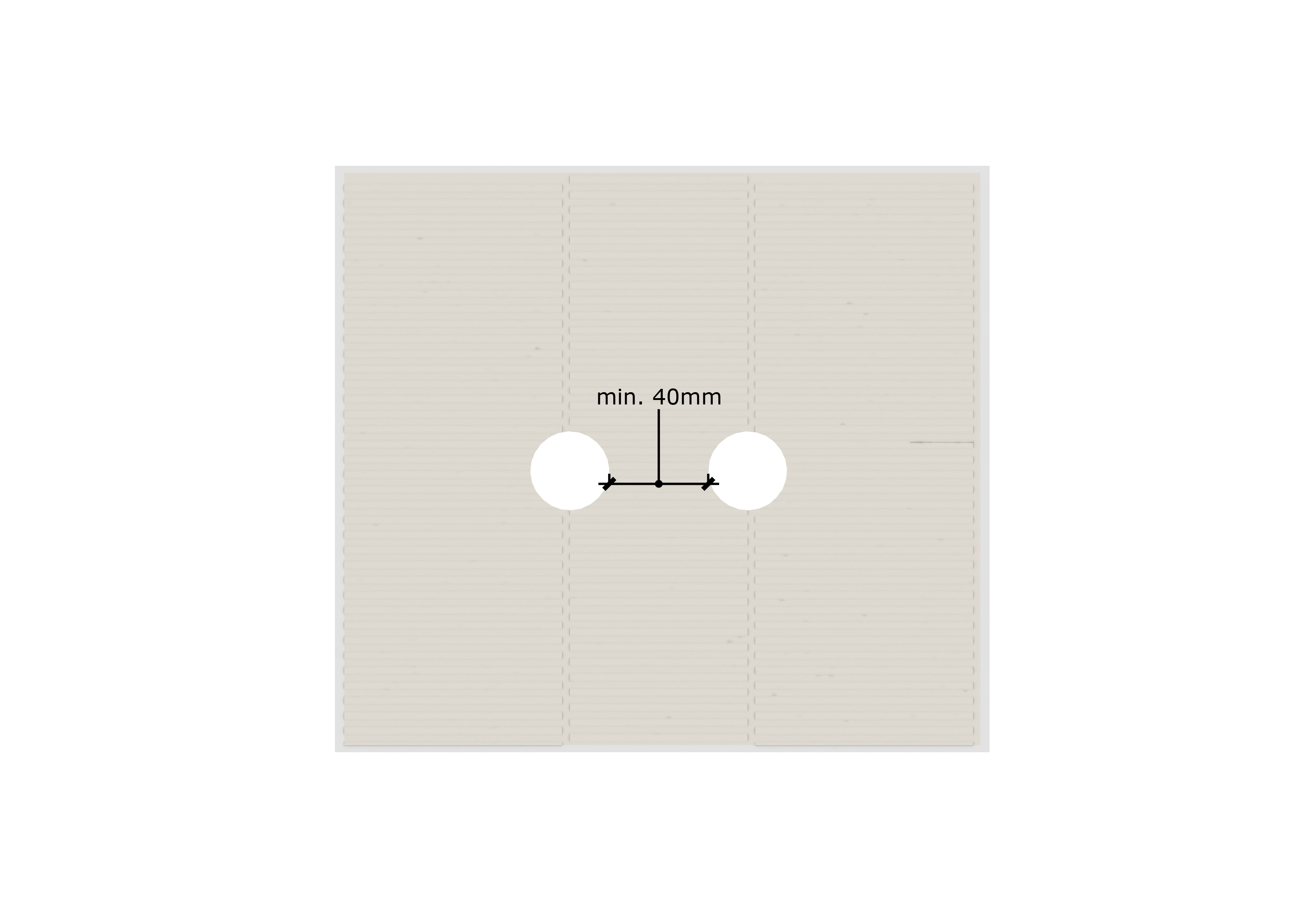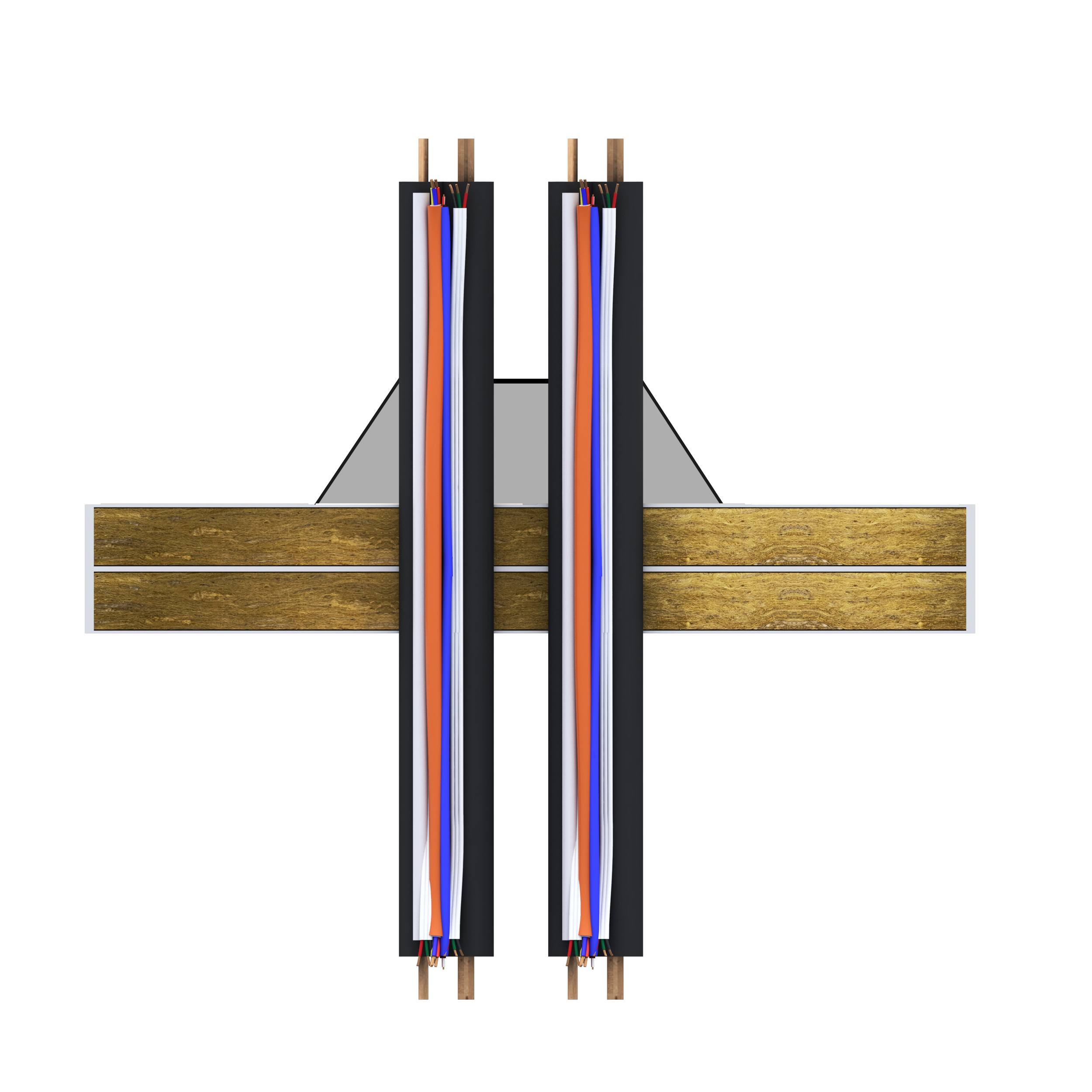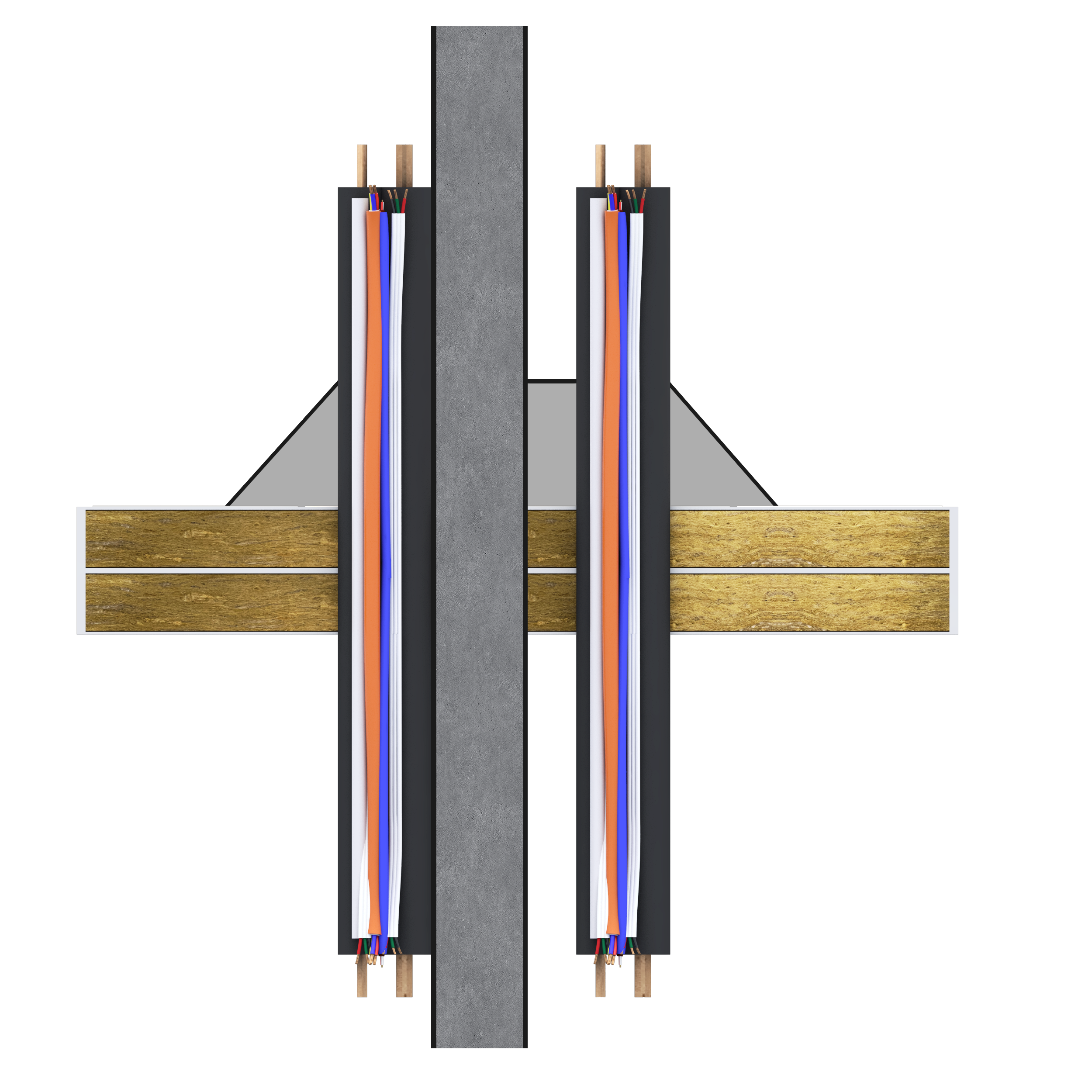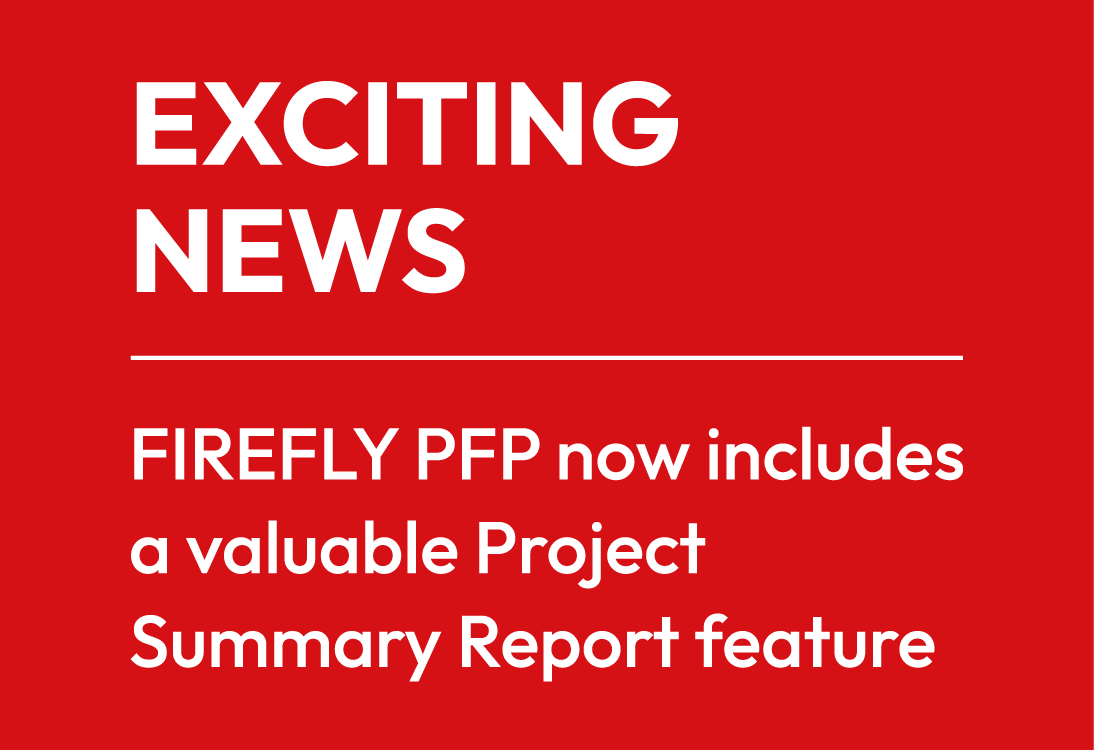When designing or installing firestopping systems, ensuring compliance with clearance requirements is essential for safety, performance, and regulatory approval. A common question arises when multiple services—such as cable bundles, conduits, and pipes—pass through a single opening or large aperture sealed by a FIREFLY Batt system. How do clearance rules apply in these situations?
Standards and Definitions
Clearance requirements for modular firestopping systems are governed by AS 4072.1:2005, which outlines how service penetrations should be assessed when tested in accordance with AS 1530.4.
Modular System A firestopping solution designed to accommodate multiple services within a single large opening in a fire-separating element. This typically involves creating several smaller penetrations inside one larger main protection zone.
Key Standard Reference
- AS 4072.1:2005, Clause 4.9.3 – Clearance “The minimum distance between penetrations in a modular system shall be not less than 40 mm, unless otherwise tested in specimen form.”
- AS 1530.4:2014, Clause 1.6.34 – Penetration “An aperture through a fire-separating element for the passage of a service or services.”
Importantly, these definitions and clearance requirements refer only to the apertures in the fire-rated element—not the services themselves or the surrounding firestopping materials (known as penetration seal within AS 1530.4).
Interpreting Clearance Requirements
The 40 mm clearance rule should be understood as the minimum distance between the edges of apertures (i.e., the holes or cut-outs within the batt or main firestopping material) inside the modular system’s main protection zone.
This means that in a FIREFLYBatt multiple-service penetration system, each penetration created for a conduit, pipe, or cable bundle must be spaced at least 40 mm apart, unless testing validates closer spacing. This measurement relates strictly to the apertures themselves—not the service pipes, cables, or the mastic, sealants, and insulation (collectively known as the penetration system) applied around them.
The figure below illustrates the 40 mm distance between apertures in FIREFLYBatt.

Application in FAS190235 Report Systems
The 40 mm clearance between apertures also considers additional protection measures needed to maintain the full Fire Resistance Level (FRL). FIREFLY Penowrap and FIREFLYMastic & FIREFLYMastic HP sealant fillets form part of this penetration system and are accounted for in the FAS190235 report.
Key points include
- The 40 mm spacing must be maintained between aperture edges.
- Penetrations must involve the same type of services (e.g., PVC with PVC, steel pipe with steel pipe, cables with cables).
- This spacing does not apply to services protected by FIREFLY Fire Collars.
- FIREFLY Penowrap applied between adjacent services can be installed touching without separation.
- Overlapping sealant fillets are permitted: when two fillets differ in size, the larger fillet takes precedence, and the overlap must always be formed as a flat plateau as shown below.

Special Considerations for Cable Penetrations
Cable penetrations have specific allowances, particularly when positioned close to fire-rated elements:
- Against a Fire-Rated Element When close to the edge, sealant application is required on three sides only. Here, the service inherits the insulation level of the fire-rated element’s FRL.
- Close to a Fire-Rated Element with a Gap Sealant is applied on three sides and within the gap to maintain the full FRL, as detailed in the FAS190235 report.

Understanding and adhering to these clearance requirements ensures that FIREFLYBatt systems deliver reliable, compliant firestopping performance across multiple service penetrations. For further information or technical guidance, please contact our team or refer to the relevant standards and FIREFLY technical documentation.



